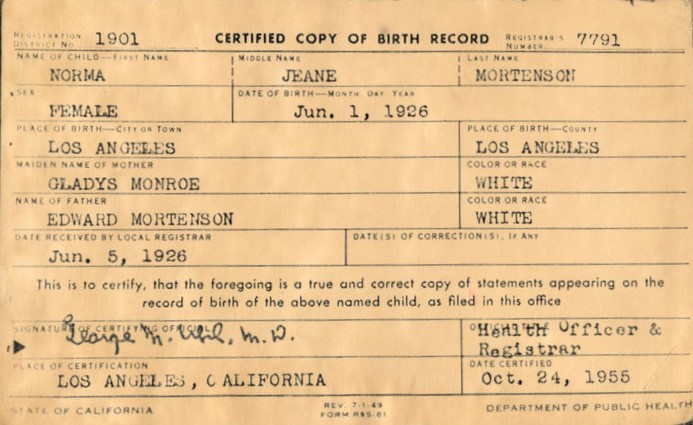
How Revolutionary War Muster Rolls Can Reveal Buried Soldiers and Forgotten Service Records
Have you utilized muster rolls in your Revolutionary War research before? Volunteer genealogists for the Friends of the Fishkill Supply Depot have been scouring muster rolls to aid their quest in identifying the unknown number of soldiers who are buried on the grounds of what once was a major supply hub for the Continental Army. The extensive site included soldiers’ barracks and officer huts, a guard house and palisade, a prison, artillery, storage buildings, armory, blacksmith shops, stables, parade grounds, and a powder magazine. It also included a hospital where many wounded and sick were treated. Nearby, at the base of the mountain, was the soldiers’ burial grounds. Genealogists have successfully identified 86 soldiers that are buried there.
The job of identifying the soldiers is akin to finding a needle in a haystack. There are 138 rolls of film at the National Archives and Records Administration with thousands of records relating to the Revolution, including muster rolls, pension, payment vouchers and miscellaneous records including correspondences. The genealogists thoroughly re-examine muster rolls for each regiment looking for notations by individual soldier’s names that designates them as sick, injured or “at hospital.” This helps narrow down the list of soldiers to a more manageable number. Once a name has been found by a genealogist, further research can be performed on that soldier to see if he survived the war or was buried elsewhere. If he was not found buried elsewhere, then he could potentially be buried on the Fishkill Supply Depot grounds.
While there are many books that list the soldiers from each state that can be used to prove Revolutionary War service, muster rolls can also be used to validate the service of soldiers for lineage societies such as the National Society Daughters of the American Revolution. Muster rolls not only identify the soldier’s rank but often contain notations of “on guard” or “on duty” that help provide additional proof of service. If it was known at the time the muster was taken, a soldier’s date of death can often be found recorded on the roll and can be utilized as a record of death.
Muster rolls have also helped historic sites such as Fort Montgomery and Fort Clinton to identify those soldiers who perished at the battles there on October 6, 1777, when the British overtook the two strategic sites along the Hudson River. The battle was fiercely brutal and chaotic, sending militiamen scrambling for boats along the riverbank and dashing into the tree line. Last fall, I identified a Private George Tongue from the 5th New York Regiment muster roll as having perished at the Battle of Fort Montgomery. The fort’s staff had not been previously aware of Private Tongue’s death there at the fort and after verifying the information, they added him to the list of their known dead thereby making his name available for future researchers not only the fort’s history but Tongue family genealogy as well.



